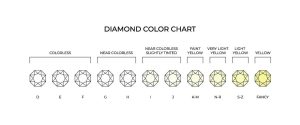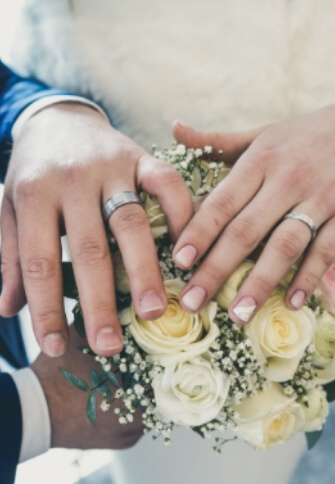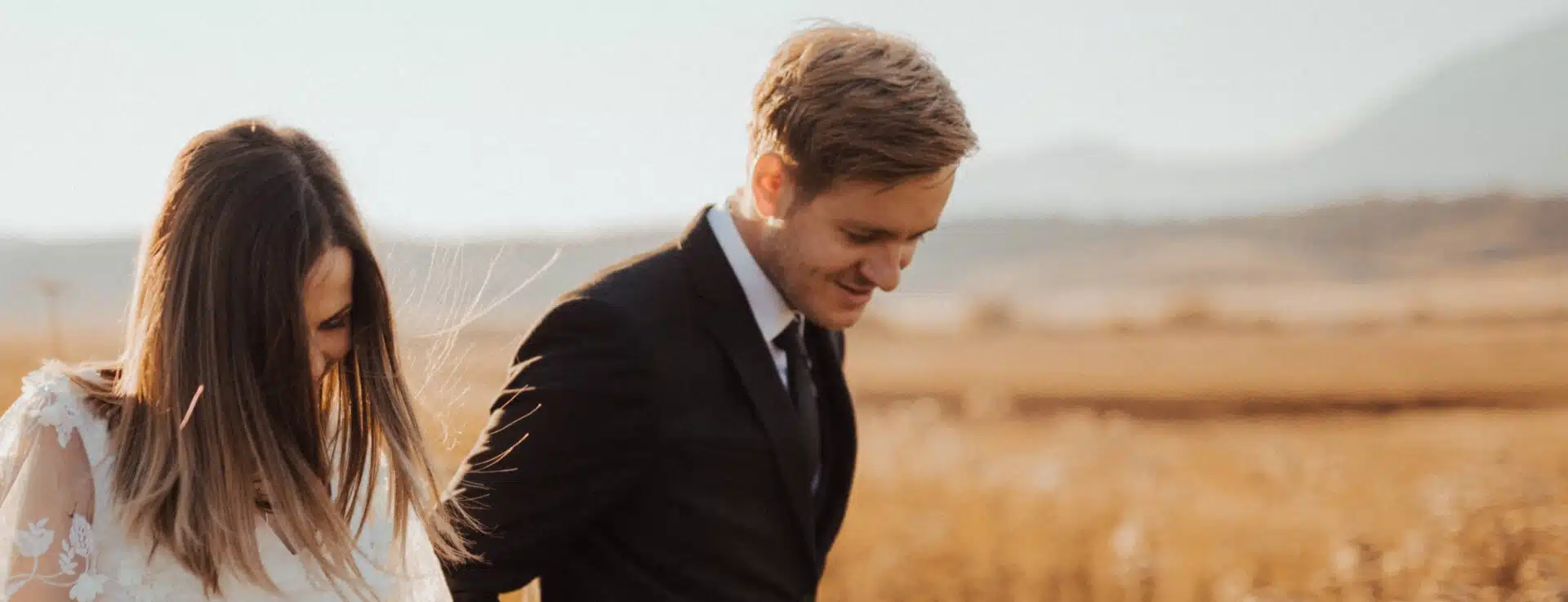Anania Family Jeweller’s Guide to E Colour Diamonds

Colourless, icy, and bright, E colour diamonds are almost at the top of the standard diamond colour scale. If you think of diamond colour grades as a mountain, the pinnacle belongs to D-colour diamonds, the rarest of the rare. E-colour diamonds are also rare, also colourless, just, you know, not quite as much.
You might think that means they are often overlooked. You would be wrong.
E colour grade diamonds are so close to D colour diamonds, the difference is so slight, that even diamond professionals can’t tell the difference between the two in an engagement ring. That means you won’t be able to tell the difference either.
Except for the price tag, of course. E -colour diamonds sell for noticeably less than D-colour diamonds and the difference increases as size increases.
So that gorgeous 18-carat emerald-cut diamond engagement ring that Beyoncé wears? It’s an E-colour diamond, not a D. Actually, we don’t really know that for sure. But, then again, neither do you. That’s the point. Why pay for something you can’t see?
What does E colour mean really? It means that a diamond, when placed upside down next to a diamond master set, has slightly more colour than the D colour diamond but slightly less colour than the F. The slight differences in colour can only be seen consistently in comparison, face down, in a controlled environment.
Will you be able to tell that your diamond is an E-colour when you wear it? If your diamond is set in platinum or another white metal like palladium or bright white gold, professionals will be able to see that your diamond is colourless but not its exact grade.
The difference that an E colour makes to your diamond’s beauty is subtler than the difference that cut quality makes. But the diamond market is not purely based on beauty.
Rarity also plays a role. E-colour diamonds are also quite rare. Just not quite as rare as D-colour. That means E-colour diamonds are less expensive. And that’s a good thing if beauty is what you are looking for in a diamond.







